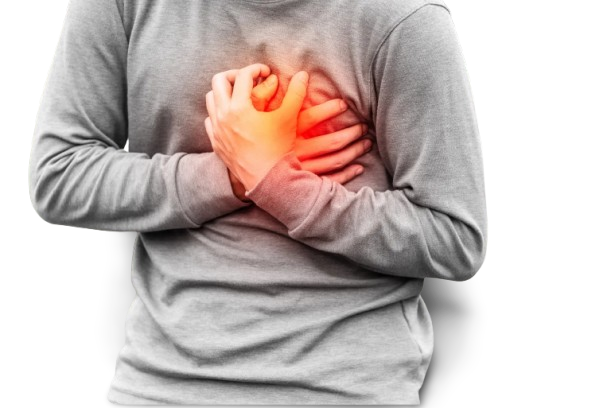Antidote is a drug or agent that counteracts the effects of poison or over dosage by another drug. It neutralizes the harmful effects of a poison.
A drug may be classified by the chemical type of the active ingredient or by the way it is used to treat a particular condition. Each drug can be classified into one or more drug classes.
Antidote is a drug or agent that counteracts the effects of poison or overdosage by another drug. It neutralizes the harmful effects of a poison.
This is strictly a reference! It is intended to provide quick information about antidotes commonly used to reverse or remove common biological or pharmacological agents
from the body. It is not intended to replace nor dictate hospital protocol
Acetaminophen. . . . . . . . . . . . .acetylcysteine or mucomyst
Anticholinesterase. . . . . . . . . . .atropine or pralidoxime
Anticholinergics. . . . . . . . . . . . .physostigmine
Antifreeze. . . . . . . . . . . . . . . . .fomepizole, ethanol
Benzodiazepines. . . . . . . . . . . .Romazicon (Flumazenil)
Beta-Blocking Agents. . . . . . . .Glucagon, Epinephrine
Ca__ Channel Blockers. . . . . . .Ca_ Chloride, glucagon
Carbon Monoxide (CO). . . . . . .hyperbaric, oxygen
Coumadin. . . . . . . . . . . . . . . . .phytonadione or vitamin K
Cyanide. . . . . . . . . . . . . . . . . . .amyl nitrite, sodium nitrite, or
sodium thiosulfate
Cyclophosphamide. . . . . . . . . .mesna
Digoxin. . . . . . . . . . . . . . . . . . . .Digibind Or Digoxin Immune Fab
Dopamine. . . . . . . . . . . . . . . . .Rigitine
EPS. . . . . . . . . . . . . . . . . . . . . . .Benadryl (Diphenhydramine)
(Extra Pyramidal Symptoms)
Ethylene Glycol. . . . . . . . . . . . .fomepizole
Fluorouracil. . . . . . . . . . . . . . . .leucovorin calcium
Heroin. . . . . . . . . . . . . . . . . . . .Narcan (Naloxone) or nalmefene
Heparin. . . . . . . . . . . . . . . . . . .protamine sulfate
Insulin Reaction. . . . . . . . . . . . .IV Glucose (D50)
Iron (Fe). . . . . . . . . . . . . . . . . . .deferoxamine
Lead. . . . . . . . . . . . . . . . . . . . . .edetate calcium disodium,
dimercaprol, or succimer
Malignant Hyperthermia (MH) .dantrolene
Methanol. . . . . . . . . . . . . . . . . .ethanol
Methotrexate. . . . . . . . . . . . . . .leucovorin calcium
Narcotics. . . . . . . . . . . . . . . . . .Narcan (Naloxone) or nalmefene
Opioid Analgesics. . . . . . . . . . .Narcan (Naloxone) or nalmefene
Organophosphate (OPP). . . . . .atropine, pralidoxime
Potassium (K). . . . . . . . . . . . . .Insulin And glucose, NaHCO3,
albuterol inhaler, or Kayexalate
(Sodium polystyrene sulfonate)
Rohypnol. . . . . . . . . . . . . . . . . .Romazicon (Flumazenyl)
TCA (tricyclic antidepressants) .physostigmine or NaHCO3
Tranquilizers-EPS symptoms .Benadryl (diphenhydramine)
Tylenol. . . . . . . . . . . . . . . . . . . .acetylcysteine
Warfarin. . . . . . . . . . . . . . . . . . .phytonadione or vitamin K
For Application Antidotes Drugs Click Here
For More click here
References:
- 2003, 2006 by F. A. Davis - R notes edition 2
- https://www.drugs.com/drug-class/antidotes.html




































